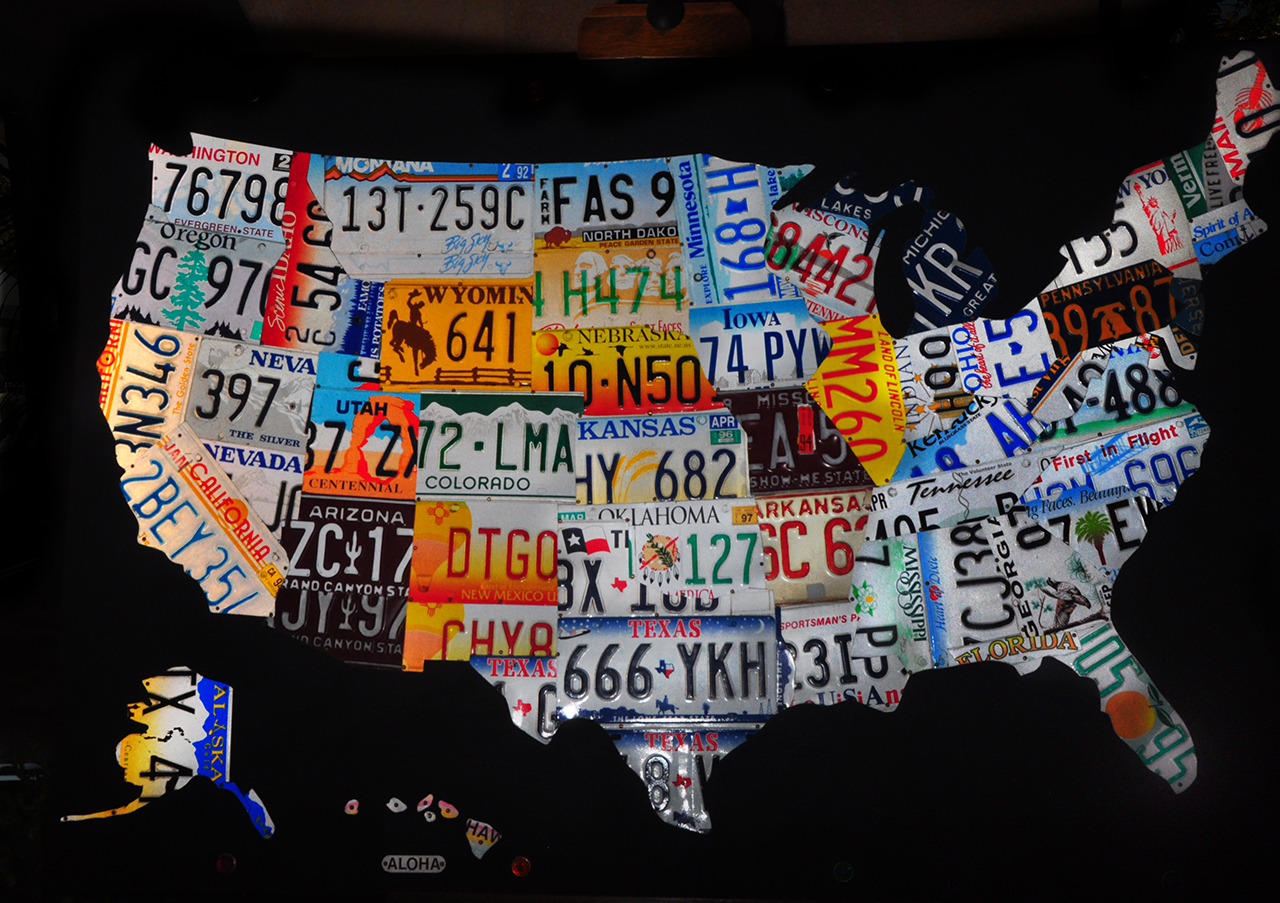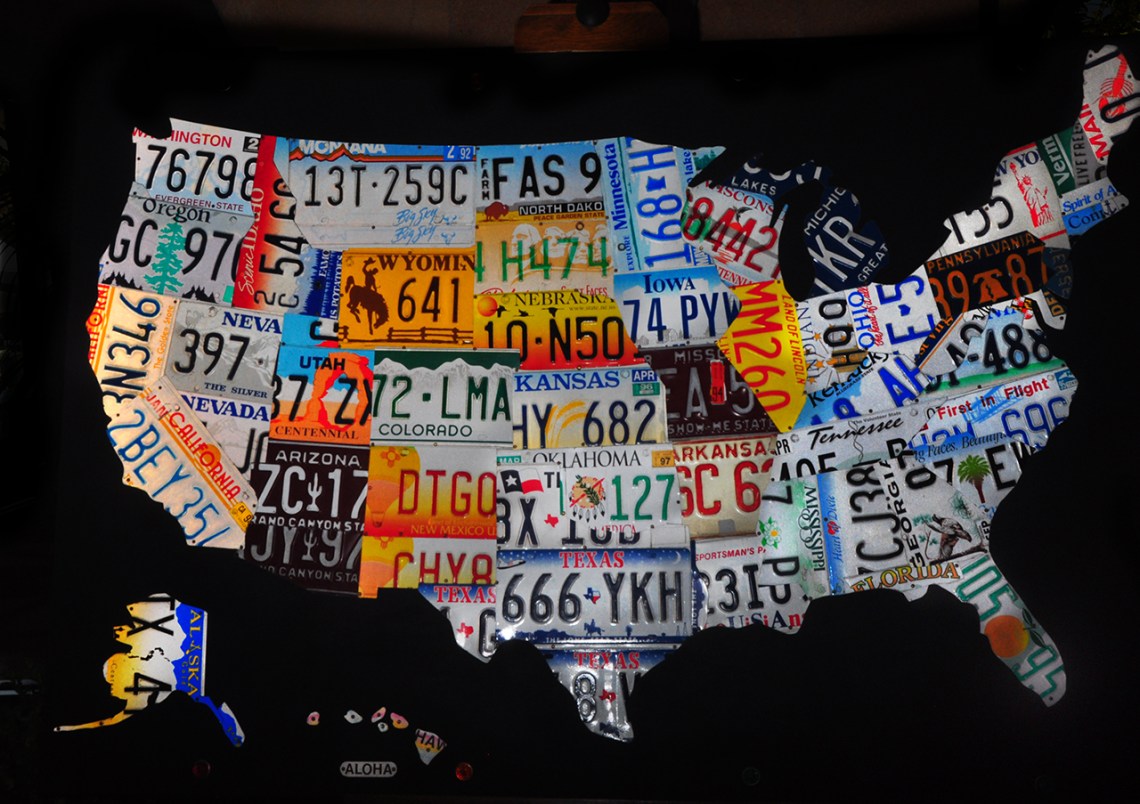Bombshell Report: The U.S. Government Is Photographing Innocent People In Their Cars Every Day In The Hopes Of Taking Their Stuff
Beyond the privacy violation, this appears to be aiding law enforcement in wholesale banditry.


The American Civil Liberties Union (ACLU) revealed today that the Drug Enforcement Administration, under the nose of the U.S. Justice Department, is using license plate cameras not just to photograph license plates to catch criminals but to also photograph every individual driving every car that passes in front of the camera and then storing the photos in a database for later use.
This is according to DEA documents obtained by the ACLU via a Freedom of Information Act request and is an official policy, not the unintended consequence of the camera technology. From the Guardian:
The latest published internal DEA communications, obtained under the Freedom of Information Act, show that automated license plate scanners, known as ALPRs, record images of human beings as well as license plates.
A document from 2009 said the programme could provide “the requester” with images that “may include vehicle license plate numbers (front and/or rear), photos of visible vehicle occupants [redacted] and a front and rear overall view of the vehicle”.
A document from 2011 said the DEA’s system had the ability to store “up to 10 photos per vehicle transaction including 4 occupant photos”.
The documents confirmed that license plate scanners did not always focus just on license plates, the ACLU said on Thursday: “Occupant photos are not an occasional, accidental byproduct of the technology, but one that is intentionally being cultivated.”
Additionally, the Guardian reports that Vigilant Solutions, a main provider of the cameras, has developed an application that integrates facial recognition technology into the cameras meaning that the DEA has an entire database of photographed individuals who may or may not be the subject of any impending criminal investigation.
Perhaps even more concerning is the reason for a vehicle surveillance database, the DEA’s desire to engage in asset forfeiture. If you don’t know what that is then here’s a down and dirty definition from Wikipedia:
Asset forfeiture or asset seizure is a form of confiscation of assets by the state. It typically applies to the alleged proceeds or instruments of crime. This applies, but is not limited, to terrorist activities, drug related crimes, and other criminal and even civil offenses. Some jurisdictions specifically use the term “confiscation” instead of forfeiture. The purpose of asset forfeiture is to disrupt criminal activity by confiscating assets that potentially could have been beneficial to the individual or organization.
In practice, it would appear that such a photo database would allow the Federal government to seize any vehicle or anything in a vehicle or on an individual’s person if an officer suspected or claimed to suspect that the property was gotten by an individual as a result of criminal activity. No proof needed, only suspicion.
Here is an example of civil, or asset forfeiture from the Daily Signal report on the topic, specifically having to do with police in Texas misusing the forfeiture law to take things from people who had done nothing.
One of the victims of this abuse, Dale Agostini, had set out to buy restaurant equipment with his fiancée, his young child, and an employee. Stopped by Tenaha police for allegedly driving on the wrong side of the road, Agostini’s car was searched and a treasure trove totaling $50,000 in cash was discovered. Although Agostini had proof that the money was clean, he was arrested for money laundering, his cash was seized, and his child was turned over to child protective services. Agostini was never charged and his child was returned, but it took months before he got his money back.
Civil or asset forfeiture has been used increasingly in recent years as a way for law enforcement to supplement budgets. ![]()




